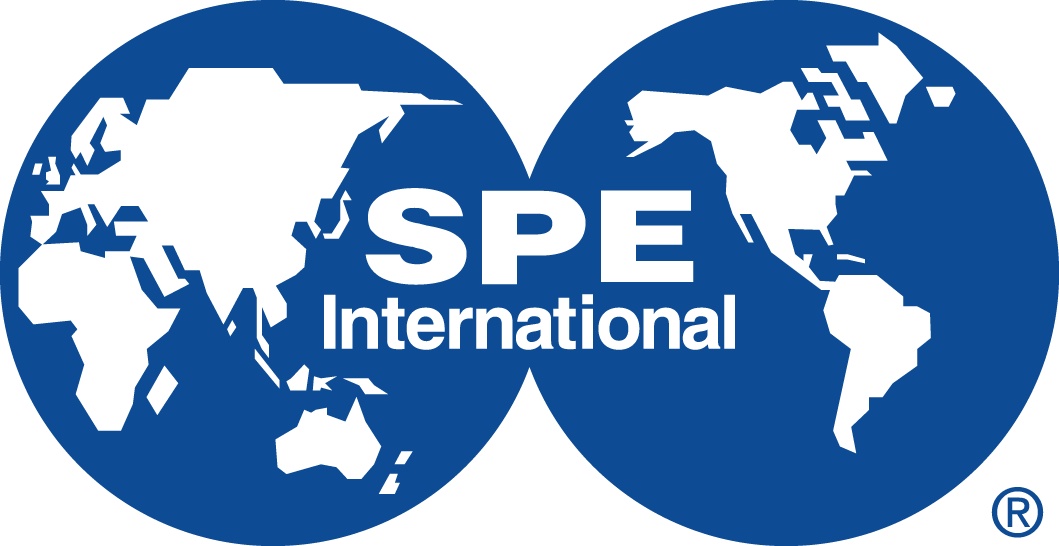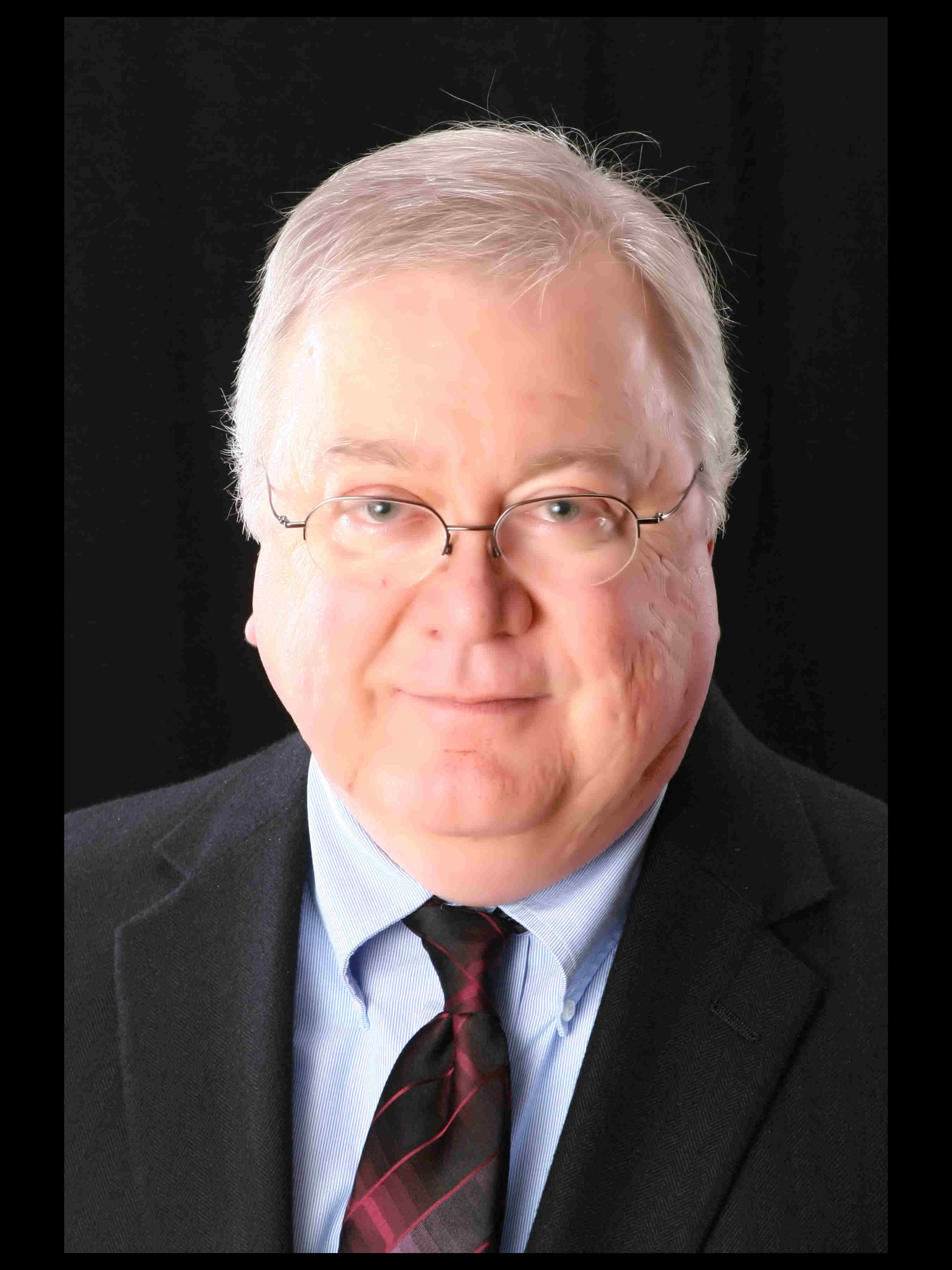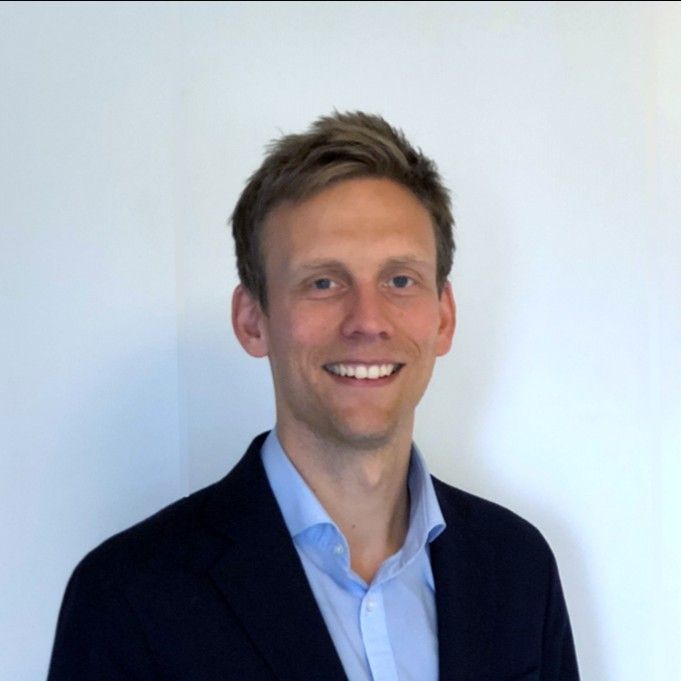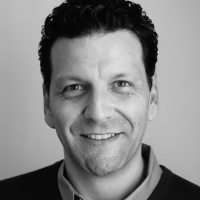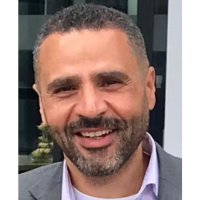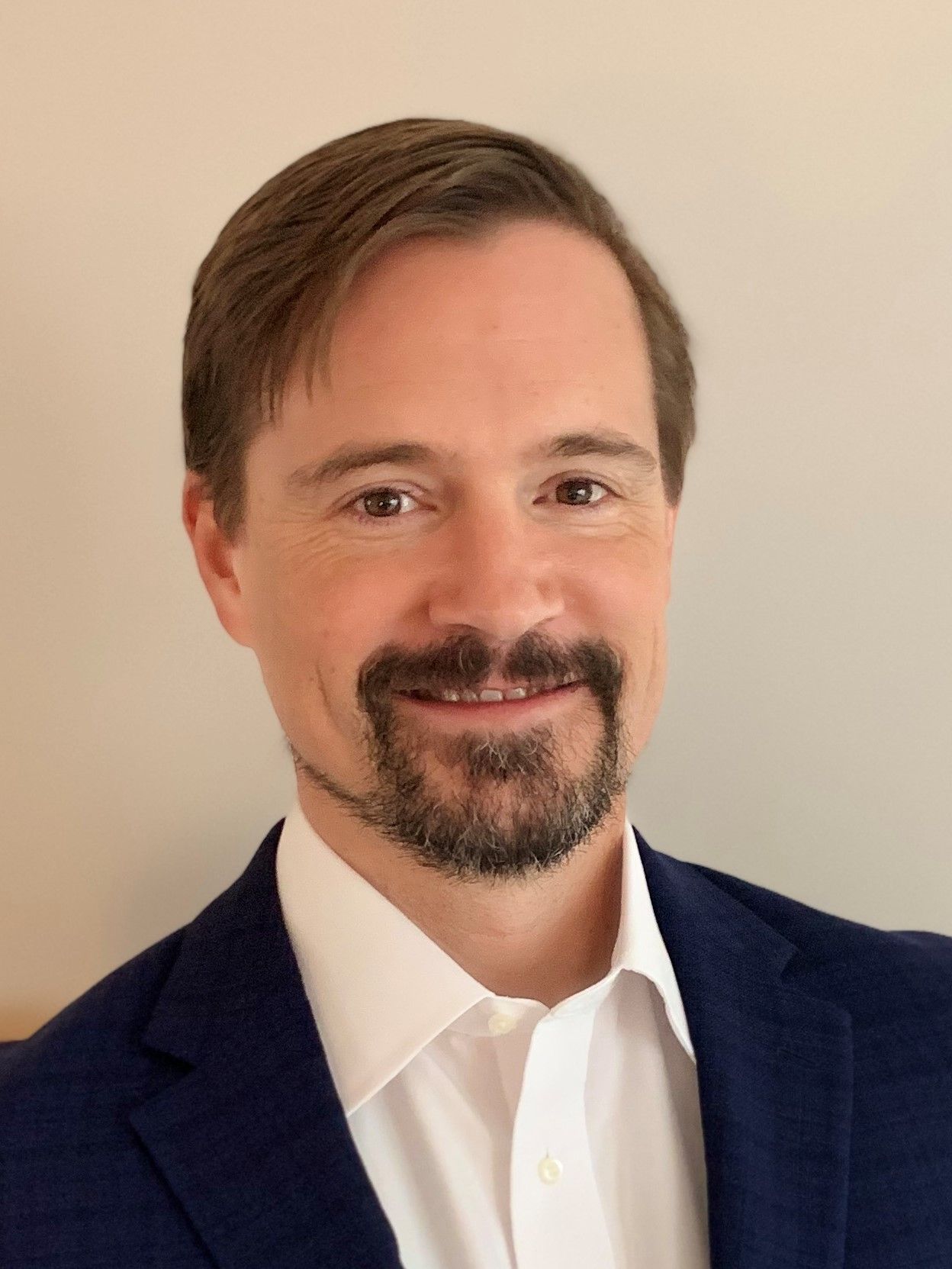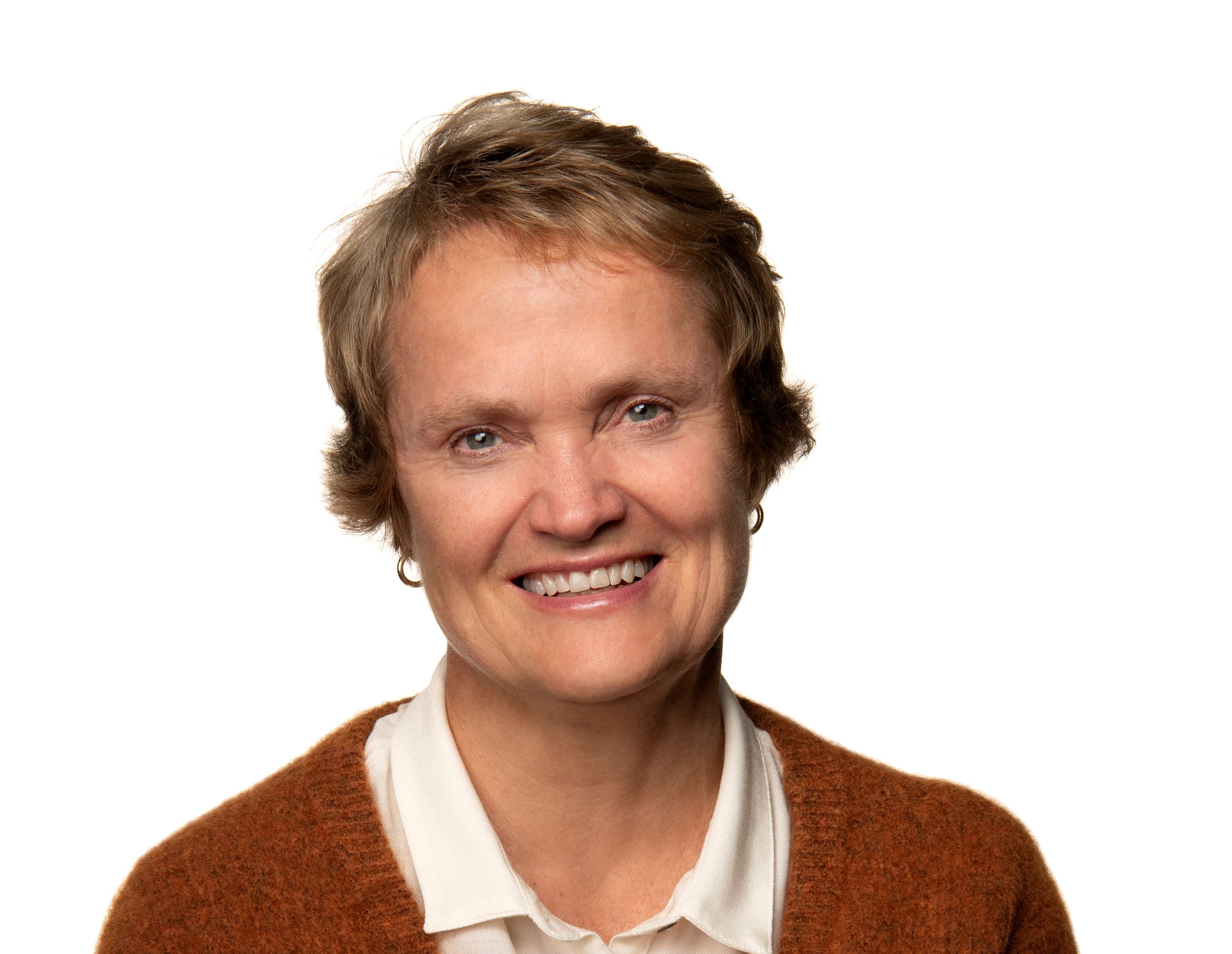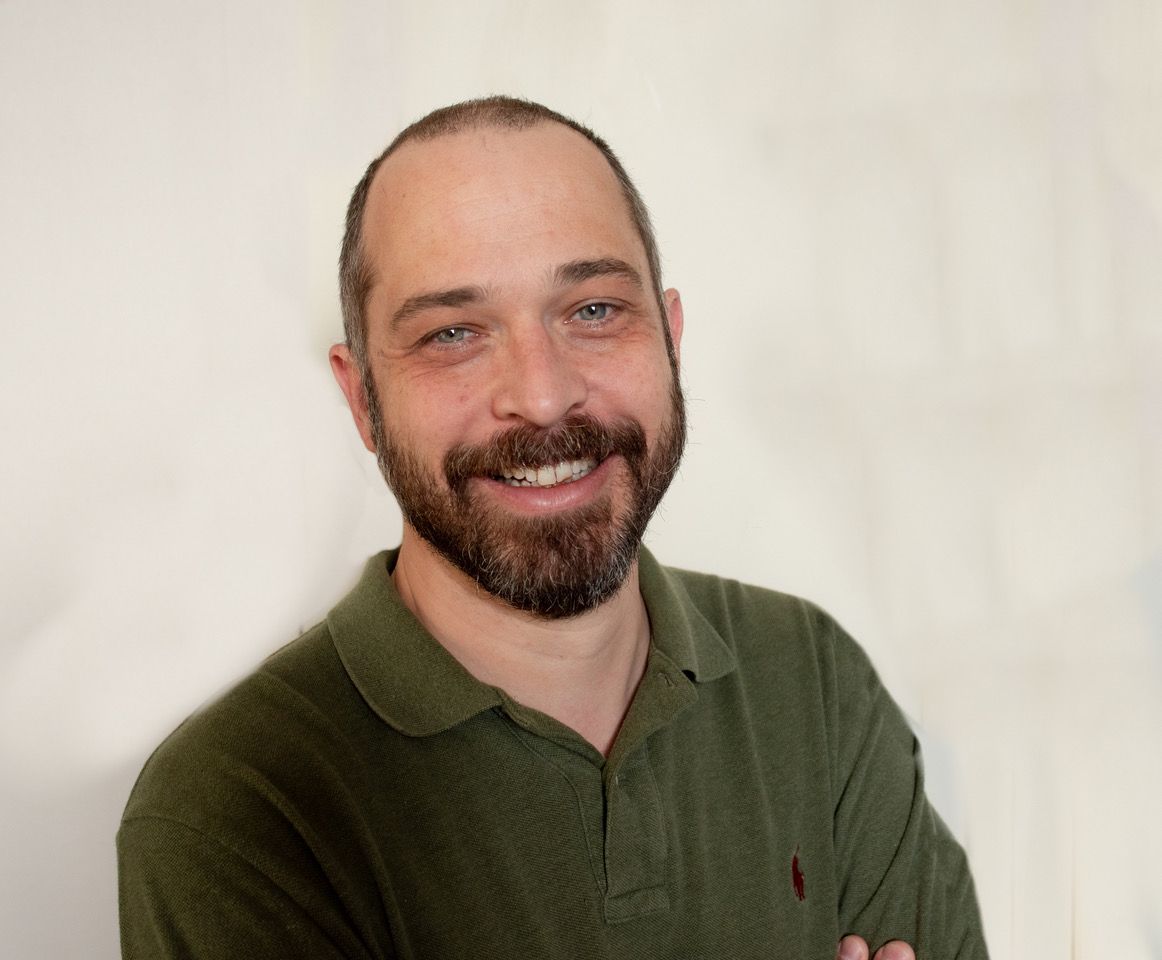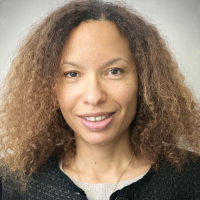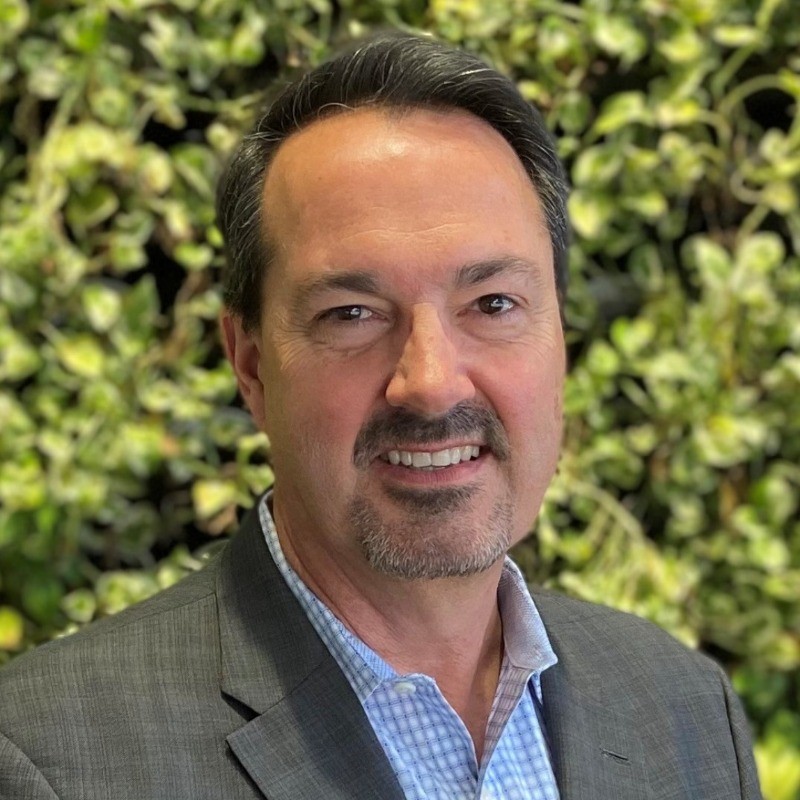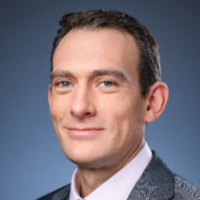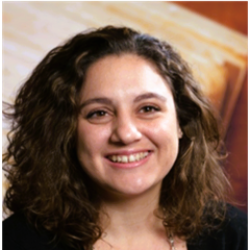-
480 mins
- Training Course
Disciplines: Completions | Drilling | Production and Operations | Reservoir
Learning Level: Introductory
Course Length: 1 DayThis course introduces engineers and geoscientists to fibre-optic sensing technology that is used for well and reservoir diagnostics and surveillance. It provides in-depth technology awareness, including underlying theories of operation and breadth of well and reservoir applications, what it takes to deploy these sensing systems in a well, and the basic tools to determine whether fibre-optic sensing has the potential to address key well and reservoir uncertainties. FIND OUT MORE >
Instructor:
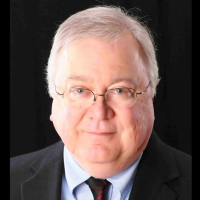
Dennis Dria, President and Chief Technology Advisor for Myden Energy Consulting PLLC, has been involved with in-well fibre-optic monitoring since 1999, and well/reservoir monitoring since 1993. His experience includes more than 20 years with Shell in the areas of petrophysics, well and reservoir surveillance, smart field design, development and deployment of fibre-optic monitoring systems, and surveillance data interpretation and integration. He was a 2011–2012 SPE Distinguished Lecturer for “E&P Applications of Fibre-Optic Technologies”.
Dria has a BS in Physics and Mathematics from Ashland University and a PhD in Petroleum Engineering from The University of Texas at Austin.
-
45 mins
-
15 mins
-
45 mins
- Keynote Session
CO2 Capture and Storage (CCS) is highlighted as one of the key technologies in the energy transition, with reputable organisations such as the Intergovernmental Panel on Climate Change (IPCC) and the International Energy Agency (IEA) indicating that global CCS deployment needs to increase by approximately two orders of magnitude by 2050, from today's 50 million tonnes per annum of CO2 captured and stored. The growth in investments and activities needed to fulfil this is almost unparalleled in human history, but with the capability and capacity of current industrial players it is feasible if the necessary framework and incentives are put in place.
CCS' credibility is however being challenged, and Monitoring, Measurement and Verification (MMV) is critical to secure necessary support. With the CCS industry not being economical today, and at best marginal in the future, there is a large pressure on CCS costs to be reduced from today's levels. Distributed fibre-optics have shown potential within the oil and gas industry, and is currently being hailed as a potential keystone within CCS monitoring. One major question remains, however, Will distributed fibre-optic monitoring be suitable for a low-margin industry?Presentations:
CCS scale-up: Can fibre-optics play a role?
Ola T. Miljeteig, VP CCS Solutions, Equinor ASAChairperson
-
45 mins
-
90 mins
- Technical Sessions
Fibre-optic sensing has become an important tool for CCS and Geothermal monitoring due to its flexibility and cost-efficient solution. Permanent and temporary installations have increasingly been used to assess aspects of injection monitoring, seismic surveillance, well integrity and resource evaluation. This session will discuss aspects of fibre-optic sensing in low carbon solutions that are taking advantage of technology developed in unconventional and conventional operations. We welcome contributions dealing with various aspects of carbon capture and storage as well as a wide arrange of geothermal applications from enhanced geothermal systems, hydrothermal systems to shallower heat pumps.
Presentations:
1015-1045 - CCUS CO2 Plume Monitoring in a Carbonate Saline Aquifer - Case Study, Jane Mason, ADNOC
1045-1115 - CO2 Injection Profiling Using Temporary Fiber, Richard Temple, Chevron
1115-1145 - Innovative Monitoring: How DAS is Shaping the Future of CCS, Joel Le Calvez, SLB; Pierre Bettinelli, SLB
-
60 mins
-
120 mins
- Technical Sessions
Distributed Acoustic Sensing (DAS), Distributed Temperature Sensing (DTS), and Downhole Optical Gauges (PT) are often used in mature field wells, where real time data and interpretation are required. The topics of this session include case studies and discussion points for the use of DAS/DTS/PT in the application of production profiling and water injection allocation in high profile completed wells.
Presentations:
1245-1315 - Atlantis 2024 Trial – iDSS for Downhole Temperature Measurement, Sam Buist, bp
1315-1345 - Case Study: The Added Value of Distributed Fiber Optic Sensing (DFOS) in Enhancing Well Performance and Production Efficiency in a Smart Completion, Amr Wakwak, Halliburton
1345-1415 - Using Distributed Fibre Optic Sensing to Monitor CO2 Injectors in a Depleted Gas Field, Samantha Grandi, Shell
1415-1445 - Optimized DAS-Based Flow Allocation in Real-Time: A Pilot Study in Intelligent Completion in Latin America, Adrian Sanchez, Halliburton
-
45 mins
-
90 mins
- Technical Sessions
This session demonstrates the application of DFOS to different aspects of well integrity monitoring. DFOS’s ability to observe well behaviour over its entire length for the duration of the survey while the operator makes changes to the well at surface gives unique insights into behaviour and diagnosis of issues. Additionally, a permanent installation of DFOS can continuously monitor a well, enabling the earliest possible identification of events of interest. These insights lead to more robust identification of well problems and higher quality remediation.
Presentations:
1530-1600 - From Leak Detection Algorithms to a Well Integrity Module as part of an Integrated Monitoring Platform, Theo Cuny and Joel Le Calvez, SLB
1600-1630 - Smart Anomaly Detection in Downhole Fiber Using LFDAS and Autoencoders, Johan-Fredrik Synnevåg, Equinor
1630-1700 - Single Use Optic Fibre Surveillance in Subsea Wells - Value, Technology & Deployment Plan, Annabel Green, WellSense
-
120 mins
Restaurant Kronborg
Restaurant Kronborg in Copenhagen is renowned for its authentic Danish smørrebrød—open-faced sandwiches on rye bread with toppings like pickled herring, shrimp, and roast beef. With high-quality ingredients and a cozy atmosphere, it’s a favorite spot for classic Danish flavors, best enjoyed with schnapps or craft beer. Join your colleagues for an evening of networking and good food included in the workshop registration fee!
-
30 mins
-
90 mins
- Technical Sessions
The advent of "DAS" has opened new pathways for geophysical applications, including but not limited to seismic, microseismic and deformation acquisition, and allowing for unique observations in all aspects of the industry and beyond. DAS has proven to be an enabler for versatile reservoir monitoring techniques, allowing to capture both brittle (i.e., seismogenic) and elastic deformation using a single system.
Presentations:
0830-0900 - Evaluation of distributed acoustic acquisition for cross-well seismic surveys with helical and linear fibers using conventional P, SH and SV wave sources, Frantisek Stanek, Silixa (Geotomographie)
0900-0930 - Edvard Grieg combined S-DAS & B-DAS for 4D reservoir monitoring, Per Eivind Dehlie and Espen Birger Raknes, AkerBP
0930-1000 - Seafloor DAS – experiences from active and passive seismic data acquisition and processing, Alexander Calvert and Estelle Rebel, TotalEnergies
-
45 mins
-
90 mins
- Technical Sessions
The growth of Distributed Fibre-Optic Sensing (DFOS) has been significantly influenced by new and emerging technologies, which have broadened its applications and enhanced its effectiveness. The intersection of advanced materials and hardware, data analytics, and IoT technologies is driving the evolution of DFOS, making it more versatile and indispensable across various applications, from energy production to environmental conservation. This session is presenting some of the latest developments in this domain.
Presentations:
1045-1115 - Broadening the concept of distributed fibre-optic sensing, Alexis Constantinou, FOSINA
1115-1145 - Integrating DAS and DTS for Enhanced Oil and Gas Monitoring, Islam Ashry, KAUST University
1145-1215 - Distributed hydrogen detection with temperature compensation using resilient fiber optical sensing for downhole applications, Pierre-Francois Roux, Baker Hughes
-
60 mins
-
90 mins
- Technical Sessions
The value of distributed sensing monitoring relies on timely conversion of the raw data into information and a format that the decision makers can readily use, with timeframes that vary from minutes to days depending on whether the application is related to well intervention optimisation or long-term surveillance. This session explores how recent technologies and ongoing fundamental research ensure that vast amounts of data are QC’ed throughout the entire processing workflow, to ensure it flows seamlessly in the latest interpretation engines, which can contextualise the distributed sensing information with reservoir and wellbore data to extract key insights in an efficient manner, whether at the edge or in the office.
Presentations:
1315-1345 - Using toy springs as a model for understanding strain signals recorded on fiber optic data, Nicholas A. Bradley, Equinor
1345-1415 - Detection of microseismic events in continuous DAS recordings, Samantha Grandi, Shell
1415-1445 - Not all DFOS interrogators are alike: A service companies’ perspective on agnostic DAS acquisition using field examples, Andrew Garioch, Well-SENSE
-
45 mins
-
90 mins
- Technical Sessions
Given the many applications of distributed fibre-optic sensing, value can be generated in a variety of ways:
- Improved hydrocarbon recovery through monitoring production, injection, and well integrity.
- Reduced downtime and fewer interventions due to continuous monitoring.
- More efficient and advanced well interventions that affects producibility and improves safety.
- Monitoring infrastructure and hardware which improves regularity of operations and contribute to a shift from reactive to predictive maintenance.
This session welcomes contributions that show clear value generation from distributed fibre-optic sensing, either through one of the methods listed above, or by one of the many other methods involving DAS, DTS, and more.Presentations:
1530-1600 - Continuous DAS monitoring during a wireline operation enhances eyesight and reduces cost, Alireza Roostaei, Equinor
1600-1630 - A Fiber-optic Cable Installation in a Horizontal Lateral Shale Well for Injection and Production Profiling, Richard Temple, Chevron
1630-1700 - Can a subsea well with a non-functioning pressure gauge be started? Yes, if you have DAS!, Taber Hersum, Equinor
